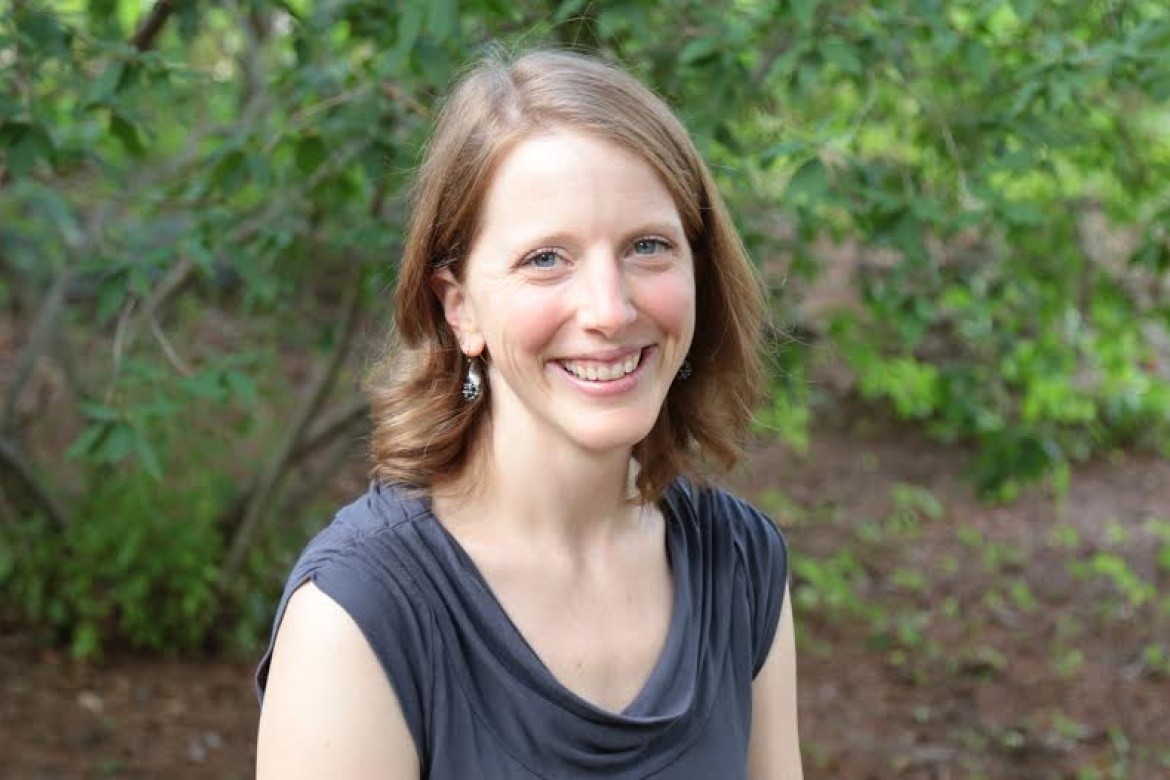Questions about “Imagining Seattle”

Mount Holyoke’s Serin Houston, human geographer, talks about the perceptions and practices of Seattle as a progressive, creative and sustainable city.
Interview by Sasha Nyary
Serin D. Houston, assistant professor of geography and international relations at Mount Holyoke College, examines questions of equity and justice from the individual to the global scale. She’s a human geographer, which means she focuses on relationships between people and places. In her research and teaching Houston examines migration trends, climate change, urbanization, governance, the deepening of disparities worldwide and more — all through a geographic perspective.
In her recent book, “Imagining Seattle: Social Values in Urban Governance,” Seattle, Washington, is Houston’s canvas to explore how the values of sustainability, creativity and social justice translate from theory into practice.
Houston will be speaking about her new book in Seattle on January 5, 2020, at 2 pm in the Beacon Hill Library.
The title of your book is “Imagining Seattle.” What are imaginative geographies and how did they relate to your choosing Seattle to do your research?
“Imaginative geography” as a concept refers to the assumptions we all have about people and place. For instance, if someone says a name of a city you’ve never been to, but you’ve heard of before, you’ll likely have an association that comes to mind. Like Paris and the Eiffel Tower. These kinds of connections make up imaginative geographies. Imaginative geographies can be really powerful and influential so I think they are important to hold up for review and critique.
In the case of Seattle, I was curious about the very strong narrative about the city and how progressive it is. Seattle is framed as being very green, sustainable, innovative and politically liberal. These assumptions about the place definitely shape the municipal governance that unfolds in the city. So, I used the concept of imaginative geographies to help me identify and examine idealized representations of Seattle and associated on-the-ground activities.
You chose three areas to focus on in your research: sustainability, creativity and diversity. How did you land on these three?
Of the three social values that I analyze in my book, sustainability was the most visible one during my fieldwork and my years living in Seattle. Sustainability cropped up in everything from the city brand of the Emerald City in 1982 to the pervasive promotional materials that highlight the lush biophysical landscape and the environmentalism of Seattleites.
For creativity and social justice, I used more of an inductive approach to identify these foci. For instance, early on I was meeting with sustainability folks and someone mentioned I should talk with people in the culture and arts department because they have intersections with public art and sustainability. Through these conversations, I then learned about the cultural arts district neighborhood designation, which I discuss in my book. I contacted the first city employee involved in social justice work after reading documents in the municipal archives. This conversation set the stage for further ones and clarified that social justice would be a key focal point in my book.
What are some of your findings?
One of the central findings of my work is that if equity isn’t a centerpiece and a focal point of efforts, inequities are generally reproduced. Even when we aim to enact progressive change, we often unintentionally amplify disparities. This noted distance between social values in concept and practice is not necessarily due to people lacking aspirations for progressive change. Instead, as my book shows, the structure of policies and programs often undermines stated goals and enables latent classism and white privilege to truncate opportunities for social transformation.
Finally, my research emphasizes the importance of narratives. Storytelling is a prominent way that we communicate about what’s important to us, how we understand the world, and what connections we have to places. Moreover, narratives offer a vital space for envisioning and detailing possibilities for a more equitable, regenerative and just future.
What are some other takeaways from your research?
I based my study of social justice on Seattle’s Race and Social Justice Initiative. Not many other municipal governments have tried to eliminate institutional racism and race-based disparities in this way. Maybe local governments have had dialogues about race, but to actually structurally change? Seattle is unusual in that regard.
Consequently, several cities are mimicking Seattle. This is exciting! These efforts also underscore the need to tailor interventions to the local-specific context. It’s not, “do these 10 things and you’ll end up with this great utopian equitable outcome.” Instead, this social justice work includes thinking through strategic leverage points within an institution or government and then crafting responsive policy shifts. Lots of actions, like budget filters or participatory neighborhood planning approaches, are translatable, and they most likely look different in each unique situation.
I also want to note that Seattle has not solved all the challenges of urban inequities. There are huge disparities in the city, for sure. I will say, though, that I interacted with people doing serious social justice work in ways that still inspire and sustain me.